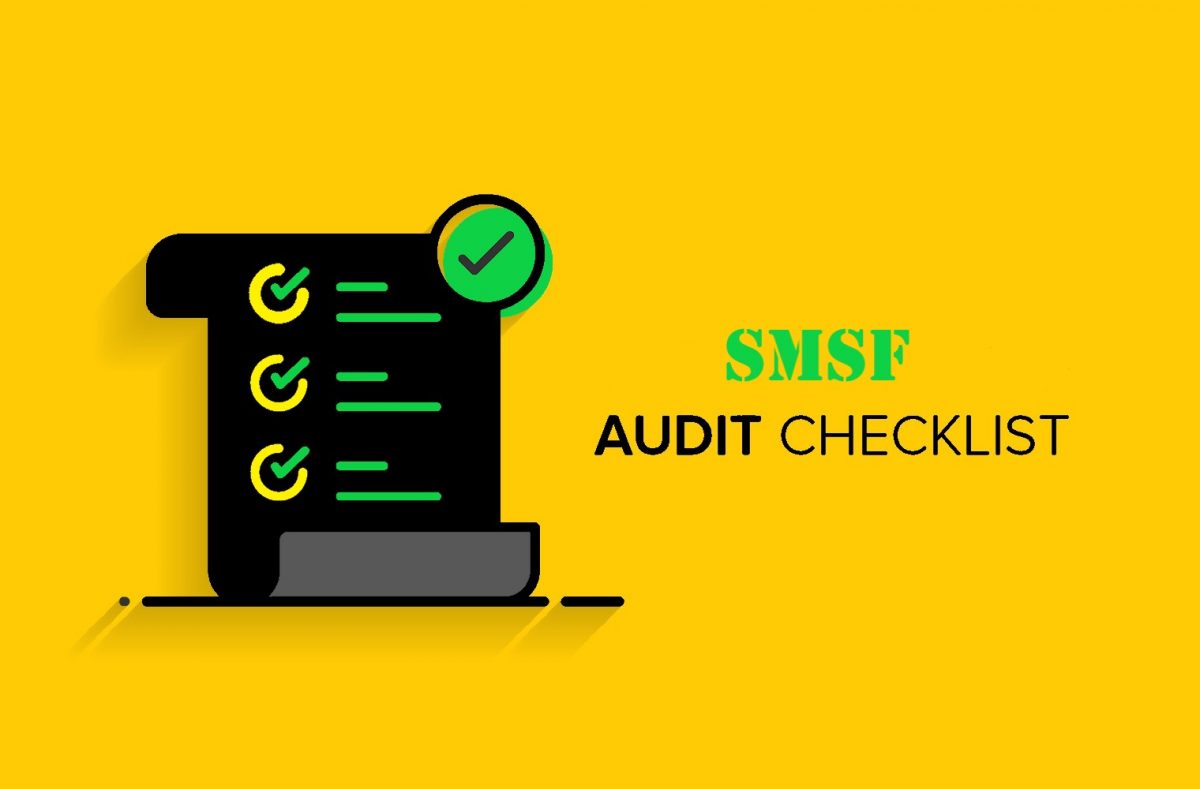Superannuation funds are an integral part of most Australian’s retirement plans. Superannuation is a guaranteed amount of money you get once you reach retirement, which is paid by your employers. For many Australians, superannuation is the only form of retirement plan available, so they want to have full control over their super funds. And that’s where the concept of self-managed super funds SMSF audit Checklist.
In a self-managed super fund, you, along with other trustees, can manage everything about your superannuation. From retirement age to rate and minimum investment, everything can be decided by you and the small group of people in the same fund as you.
However, since this is more technical than traditional superannuation providers, you need to follow a stringent set of rules. The Seld-managed super funds’ audit or SMSF audit is used to determine whether your super funds are in compliance with the standard rules and regulations.
In order to make your SMSF audit as smooth as it gets, we’ve made an SMSF audit checklist to help you out. In this article, we’ve mentioned a few things you must do before your SMSF audit for an amazing experience. Let’s begin!
SMSF Audit Checklist:
Make Sure the Trust Deed is Done Properly:
Generally, there are two types of self-managed super funds. Either you’re in a corporate plan where the company is your trustee. The recipients are directors to the fund, or you’re in an individual trustee based superannuation where you’re the trustees. There’s no company involved in the process.
Whatever your superannuation plan might be, you have to make sure it’s updated. If there are any changes to the list of trustees, or any changes have been made to the plan from the previous fiscal year, you have to update it before the audit. Otherwise, you’ll have to deal with a fair bit of legal hassle.
Furthermore, you’d also need an individual representation letter from each trustee with their signatures. This is taken to ensure all the trustees are on the same page. So, make sure you have all the trustees on the same page before the audit. For this reason, this is the first part of your SMSF audit checklist.
The Declared Retirement Age is Coherent:
One of the most significant advantages of a self-managed super fund is that you can declare your retirement age. Since you’re in charge of your superannuation funds along with a small number of trustees, you are in full control of the decisions you’ll take.
However, all the trustees must comply with the decisions for them to take effect. And since one of the most critical decisions is at what age the funds will be accessible, it’s important that everyone’s on the same page about the age. For this reason, it’s important to submit signed declarations of retirement age from all the trustees.
Prepare Financial Documents:
Your superannuation funds are provided by your employer. Your employer will pay a part of your income in your superannuation fund. For this reason, you need to provide a document for your income.
You have to provide a document showing how much money you’ve made in that fiscal year and how much of it has been transferred to your superannuation funds. Income from work, investments, and properties are all taken into account, so you and your trustees need to provide all these documents.
Submit Documents for your assets:
What assets you own is integral to how much money you’d get from your superannuation funds. Also, there are certain benefits that you can get from your super based on your assets. Such as tax returns when buying your first house.
However, you need to make sure your assets are valued correctly. Your assets need to be valued at the current market price and accurately. This is important that both you and all the other trustees provide the documents. This is an essential part of your SMSF audit checklist, and you need to comply with it.
Furthermore, hiding assets from taxation and audit authorities is a federal offense, and you’ll have to pay the penalty in case of violations.
Make Sure the In-House Assets Aren’t Overbearing:
In-house assets include loans, credits, or investments based on your superannuation fund or other assets. If your in-house assets are too much, you will have to deal with a fair bit of trouble from the audit authorities.
For this reason, we recommend that your in-house assets aren’t more than 5% of your total assets. Make sure this is crossed off your SMSF audit checklist before making further plans.
Check the Contributors Restrictions:
Your superannuation is a guarantee for your future. However, planning for your future should not restrict your present. For this reason, there’s a limit to how much money you can pay in addition to your super every year.
Make sure the amount of money you’re paying as your super is within the contribution cap. Factors such as your age, income, and health are taken into account before determining your limit. So, make sure you’re complying with these before making a payment.
Submit your tax return:
Suppose you’re eligible for a tax return. In that case, you have to submit the tax returns before the audit and present a copy to the auditors. Generally, people are eligible for tax returns if there’s any surplus or deductions to their payable taxes, or there are certain technicalities in your income.
If you or any of the other trustees in your self-managed super fund are eligible for a tax return, you have to send a copy of it to your auditor for transparency.
Conclusion:
Superannuation is a way to safeguard your future. Thus, if you’re aware of how superannuation works and other technicalities of taxation, going for self-managed super funds is the way to go. However, it’s also as technical as it gets, especially during audits. Any discrepancies during the audit can get you into trouble. For this reason, we’ve made an SMSF audit checklist, go through the article and make sure everything is in place for a seamless audit experience.




